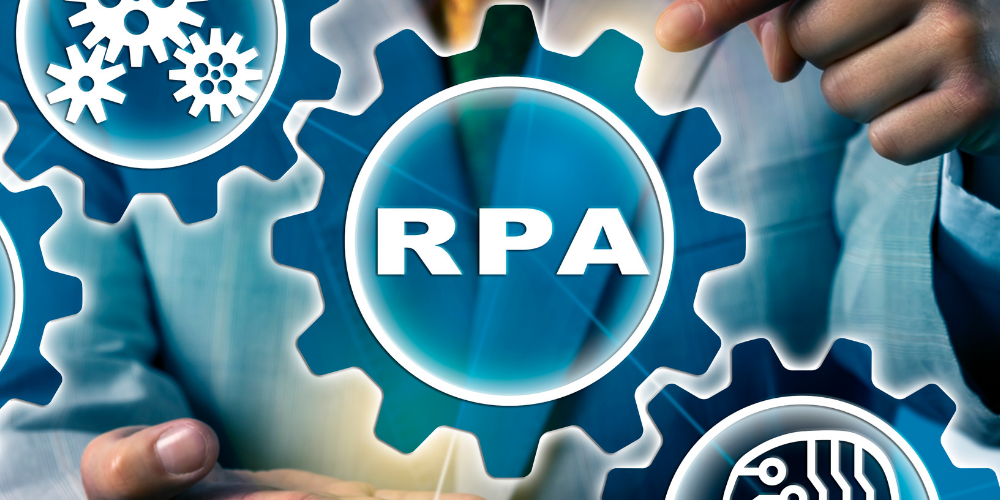RPA and its trends to look out for in 2021

Robotic Process Automation (RPA) allows anyone to configure computer software by combining artificial intelligence and human interactions within the digital system. Performing daily tasks like calculations, transactions and maintaining records is made easier. RPA can handle daily repeatable tasks that humans would perform, at high volume and in almost half the time. It’s a non-intrusive and efficient software that can be implemented into a pre-existing infrastructure without having a negative impact. It is in high demand due to its ability to adapt to new and changing circumstances. It also can act and communicate autonomously with other digital systems once it has been trained in the existing software.
There are many benefits to using RPA on digital transformations. Better customer service can be achieved, completion of processes will be faster, it digitizes, and audits data so maximum efficiency is provided. Importantly, it is cost saving and helps employees to be more productive, this way organizations can achieve their optimal outcome. Given that organizations are becoming more aware of this technology, there’s added motivation to automate. Its predicted that the adaption rate of RPA will significantly increase in the months to come.
Due to evolution of technology, these software tools are constantly updated with new features and developments every year. Each year there are different RPA trends to look out for and adapting to these ever-changing trends will help organizations grow and be more successful.
Some RPA trends to be seen in 2021:
1. It won’t be used just in Finance.
RPA will not be just in IT and finance. In the months to come, it is predicted that it will be deployed in all industries where manual repeated tasks are performed daily. RPA and other automation technologies will be more commonly known to organizations pursuing digital transformations.
“The next step for organizations is to combine AI, natural language processing and machine Learning with other technologies to create hyper automation”. (Lawson,2021)
Adaptation of ‘hyper automation’, will become the new norm in the tech world. It will continue to grow, and we can expect various improvements to be made in order to correspond to the needs of various organizations. To ensure the highest level of customer satisfaction many different organizations would want to oversee all aspects of their applications, this automation would help improve the pre-existing functions and standardizing of solutions. There will also be a more practical understanding of the limits of this software that can be achieved and how it is able to differ according to workforce capacity and efficiency.
2. RPA will become the Artificial intelligence enabler.
With the increase in demand for RPA we will be able to see an evolvement towards hyper automation. It will then be more directly accessible and there will be numerous pre-built innovations and technologies to download. This will help deliver more intelligent automations. As artificial intelligences main requirement is the input of the data, external systems increase the complexity of the data which can problematic. RPA can be used to resolve this issue as this automation software can interact with any other system to retrieve data and this can be done without any disruptions to the pre-existing systems. This association between the AI and RPA will provide the necessary platform and infrastructure to securely access multiple systems in real time.
3. Work-from-home Robots.
Working from home has changed immensely in the past year thanks to technology. It is changing the ways of an ordinary work life, to be more interesting and risk free. It is predicted that if the pandemic continues, each individual working from home will have their own ‘robot’ or digital assistant. The RPA will help with the navigation of the remote working models. This will allow the customer experience to be more engaging and productive.
The dependence on these ‘robots’ would increase as the demand for RPA rises due to its speed. Fifteen minutes of manual work in real time would be just one minute in RPA time. Therefore, all employees proficient in the RPA would want to integrate it with their enterprise applications. It is also the much simpler software to use as it is pre-programmed and there are code free methods unlike in other software’s.
Are you ready
to get your time
back?
Yes! Accario will help you
focus on your business
More smarts, more efficiencies,
with more benefits.







